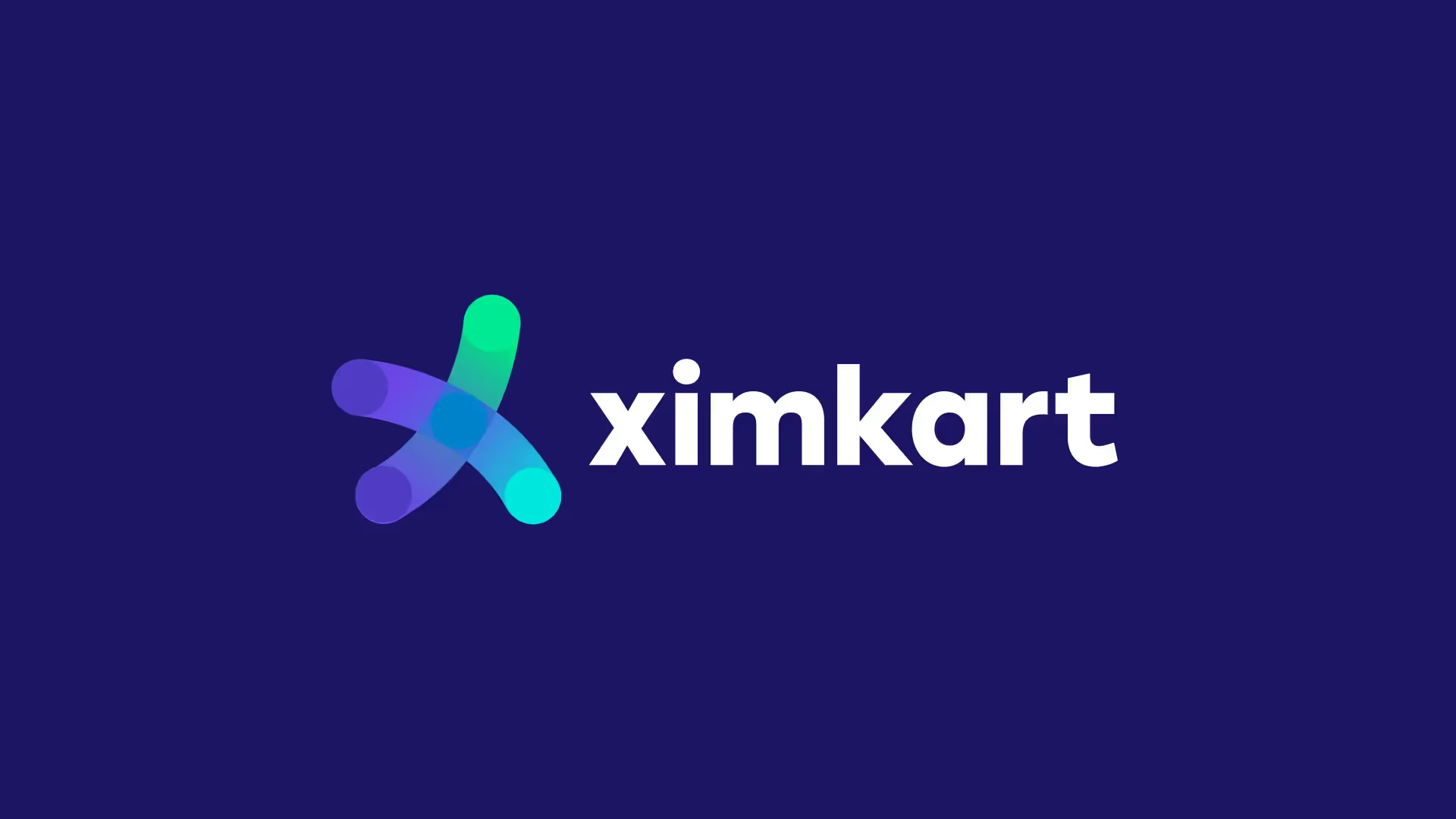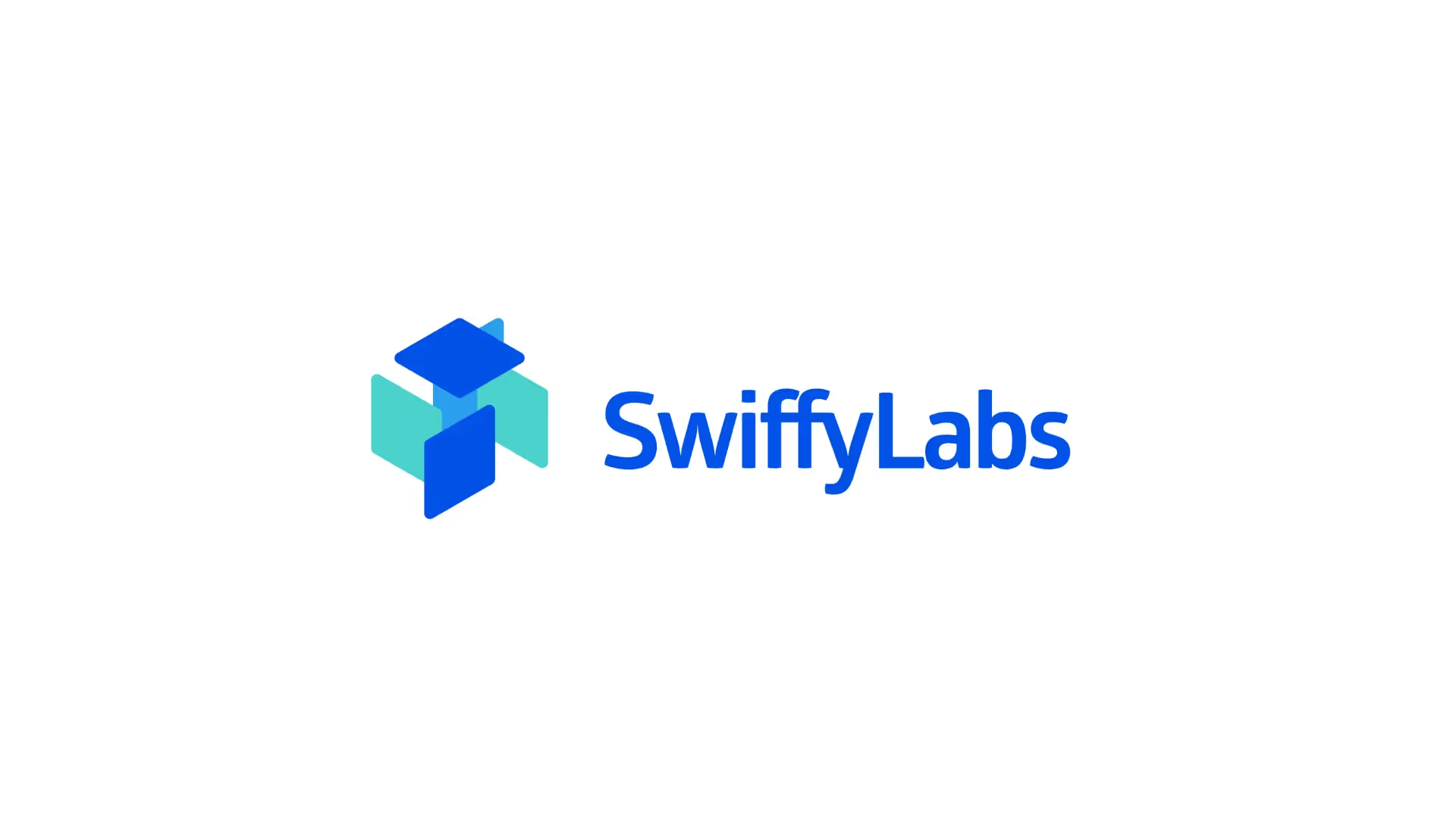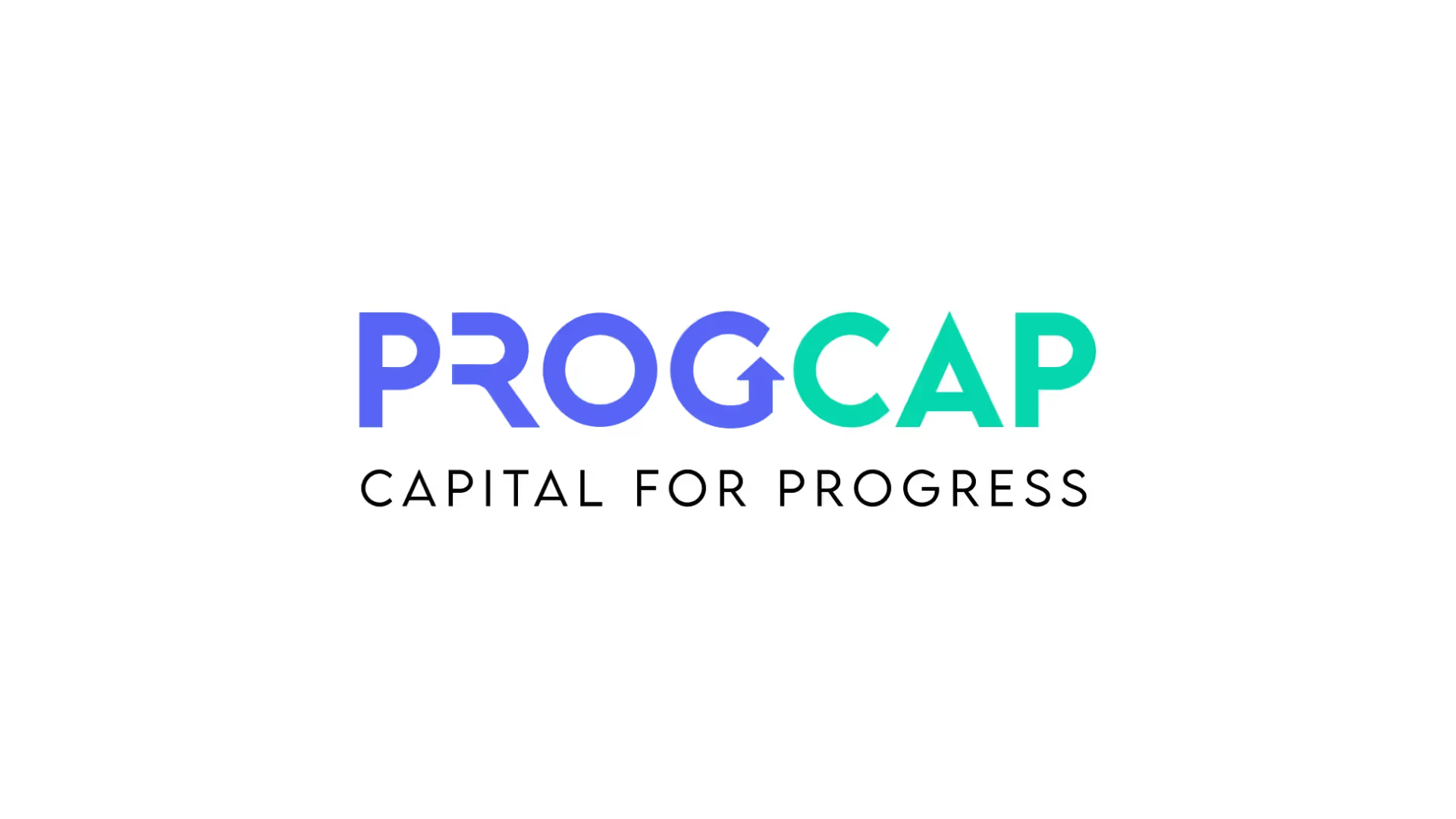Brand Strategy Agency
A brand strategist agency like Everything Design, helps clients develop a brand strategy and bring it to life for their employees, leadership, and the market.
Brand Strategy Projects
Brand Strategy Clients






A brand strategist agency like Everything Design, helps clients develop a brand strategy and bring it to life for their employees, leadership, and the market. We also offer services such as research, design, content creation, and brand management along with other brand services and design services.
Guide to Brand Strategy
"4C's Worksheet" is designed to guide marketing and brand strategy research. It includes four research areas: Company, Consumer, Category, and Culture. Each section poses key questions to help build a strategic foundation. Here is a summary of each section:
1. Company Research
- What are the marketing objectives for the campaign?
- What is the size of the company? How fast is it growing?
- What share of the market does the product have?
2. Consumer Research
- What consumer desire or aspiration could this brand uniquely satisfy?
- What do consumers think of the brand (good or bad)?
- What is the current mindset of the consumer that holds them back from purchasing?
3. Category Research
- What are the dynamics of the category?
- How could we zag while everyone zigs? (How could the brand differentiate?)
- Is the category changing, growing, or sinking?
4. Culture Research
- What is going on in culture that the brand could credibly change?
- What, in culture, could the brand become a credible champion of?
- What noble purpose could this brand uniquely and credibly pursue?
Brand Strategy Agency
The center "Strategy" connects insights from each of these research areas to build an integrated approach for the brand.
This worksheet is helpful for developing a well-rounded strategy, by understanding the internal dynamics (Company), consumer insights (Consumer), competitive landscape (Category), and cultural relevance (Culture).
How to measure value generated by our brand strategy efforts?
A significant portion of the value generated by our branding efforts often goes unrecognized in traditional attribution metrics, even though it plays a crucial role in long-term success.
The frustrating truth is that branding is often judged by a singular measure—its impact on pipeline production—while at the same time defending numerous activities that, in reality, contribute far more to the brand’s lasting value.
What’s even more significant is that the branding initiatives that shape customer perception and drive future demand rarely happen in the immediate term.
We’re attempting to influence brand metrics that were largely shaped by efforts undertaken months or even years ago.
This is why attribution often ends up claiming credit for outcomes that were likely to happen anyway. It’s hard to fault teams for attributing branded search to their efforts because they probably wouldn’t get the recognition otherwise.
Branding investments made today cultivate customers for the future.
Yet when there’s a dip in present metrics, branding is pressured to pivot and resolve it. This approach simply borrows from future opportunities, barely moving the needle in the present—unless some vague credit can be claimed.
Multi-touch attribution has its value in measuring short-term activation, but it is a poor tool for evaluating the entire impact of branding.
A significant part of what we do as brand builders doesn’t fit neatly into these attribution models, and much of the value we create is on a timeline far beyond what such metrics are designed to capture.
Brand Strategy Is Real: The Two-Part Plan for Building Brands That Matter
Brands aren’t just built through beautiful design or catchy slogans.
They’re shaped by decisions, behaviours, and experiences—everywhere your business meets the world.
That’s why brand strategy isn't fluff. It's a plan of action. Bangalore’s unique blend of technology and creativity makes it the ideal location for businesses seeking impactful brand marketing services.
To build a brand that performs in the market, you need two strategic lenses:
1. Brand Strategy (The Method)
The Internal Blueprint – Who You Are, What You Stand For
This is where the foundation is laid. It's not about trends, it’s about truth—your essence as a business and how that essence is expressed.
Key Components:
- Positioning: Where do you sit in the market, and what do you want to be known for?
- Voice & Tone: How do you speak, and how do you want to be heard?
- Messaging Framework: What do you say, and how do you structure your narrative?
- Brand Identity: What do you look like? How do you signal your values visually and verbally?
- Core Story: Why do you exist beyond commercial success?
This is the “thinking before doing.” It aligns leadership, empowers teams, and creates clarity for creative execution.
2. Brand Strategy (The Mode)
The External Execution – How You Show Up and Move
This is strategy in motion. It's about delivering the brand experience across every touchpoint—not just once, but consistently and dynamically.
Key Components:
- Offer Architecture: Are your products or services aligned with your positioning and value proposition?
- Marketing Funnels: Do your customer journeys make strategic sense?
- Content Strategy: Are you telling the right stories, in the right places, at the right time?
- Social Media: Are you building awareness, affinity, and community?
- Performance Advertising: Is your growth strategy brand-led or discount-led?
This is where the rubber meets the road—where behaviour and consistency create trust and memory.
The Core Belief:
Brands are the sum of actions and behaviours in the market.
And every action needs to be intentional. Every behaviour needs to be guided.
That’s why brand strategy is a real thing—because without a plan, a brand is just a logo waiting to be forgotten.















